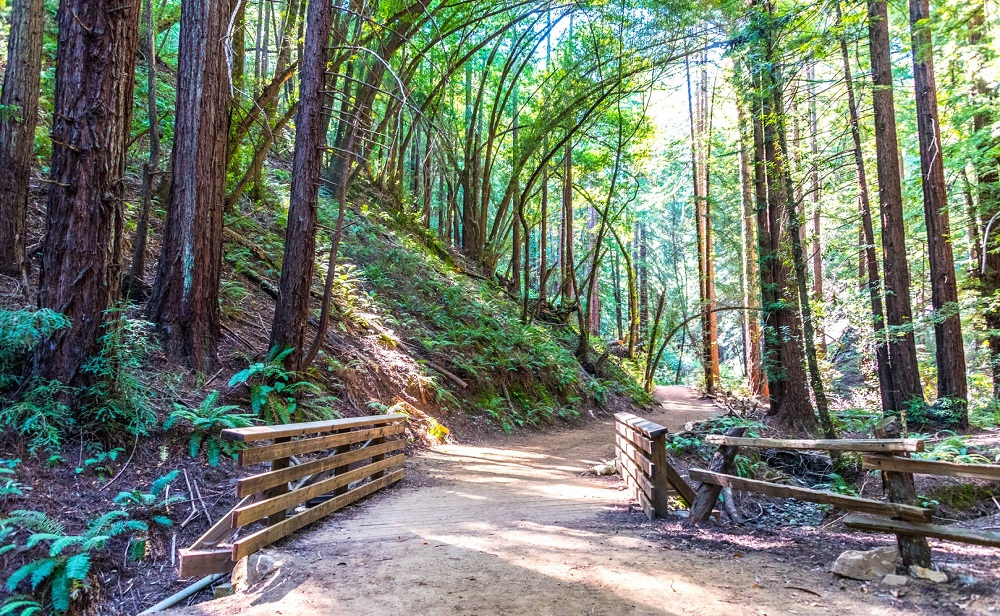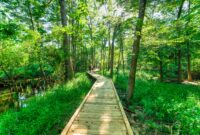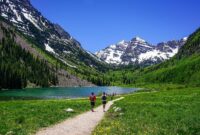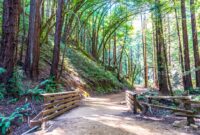Local hikes near me offer a wealth of opportunities for outdoor enthusiasts of all levels. Whether you’re a seasoned hiker seeking a challenging ascent or a beginner looking for a leisurely stroll, the right trail awaits. This guide explores how to find and enjoy the best local hiking experiences, considering factors like distance, difficulty, scenery, and accessibility for both solo adventurers and groups. We’ll cover resources for finding accurate information, tips for planning your hike, and ways to ensure an enjoyable and safe experience.
From navigating various data sources like government websites and hiking apps to understanding the needs of different hiker profiles, this exploration aims to equip you with the knowledge to plan your perfect local hike. We will also delve into how visual elements enhance the experience and discuss the importance of accessibility for all hikers.
Data Sources for Local Hike Information
Finding accurate and comprehensive information about local hiking trails can significantly enhance the enjoyment and safety of your outdoor adventures. Several resources provide this information, each with its own strengths and weaknesses. Understanding these differences allows hikers to make informed choices about which sources to rely on for planning their hikes.
Potential Data Sources for Local Hike Information
Various sources offer data on local hiking trails, ranging from official government bodies to user-generated content platforms. Choosing the right source depends on the specific needs of the hiker, prioritizing factors like accuracy, detail, and ease of use.
| Source Name | Data Accuracy | Data Completeness | Ease of Use |
|---|---|---|---|
| Government Websites (e.g., National Park Service, State Parks) | Generally high; official data, but may lag in updates. | Often comprehensive for maintained trails within their jurisdiction; may lack information on unofficial trails. | Can vary; some sites are well-designed and user-friendly, while others may be less intuitive. |
| Hiking Apps (e.g., AllTrails, Hiking Project) | Accuracy varies depending on user contributions; generally reliable for popular trails, but can contain outdated or inaccurate information for lesser-known paths. | Usually quite complete for popular trails, with user-submitted photos, reviews, and trail conditions; less comprehensive for remote or less-traveled trails. | Generally very user-friendly, with map integration and GPS capabilities. |
| Local Hiking Blogs and Websites | Accuracy varies greatly depending on the author’s expertise and diligence; can be subjective and opinion-based. | Completeness varies; may focus on specific areas or types of hikes. | Ease of use varies; some blogs are well-organized and easy to navigate, while others may be less structured. |
| Local Tourism Websites | Generally reliable for well-established trails promoted by tourism boards, but may not cover all trails in an area. | Often provides curated information on popular hikes, highlighting key attractions and visitor information; less likely to include details on more challenging or less-visited trails. | Usually user-friendly, often with high-quality photos and descriptions aimed at attracting tourists. |
Last Word
Discovering and enjoying local hikes near you is a rewarding experience, offering physical activity, stunning scenery, and a chance to connect with nature. By utilizing the resources and strategies discussed, you can confidently plan and execute memorable hiking adventures. Remember to prioritize safety, respect the environment, and choose trails that match your skill level. Happy hiking!




